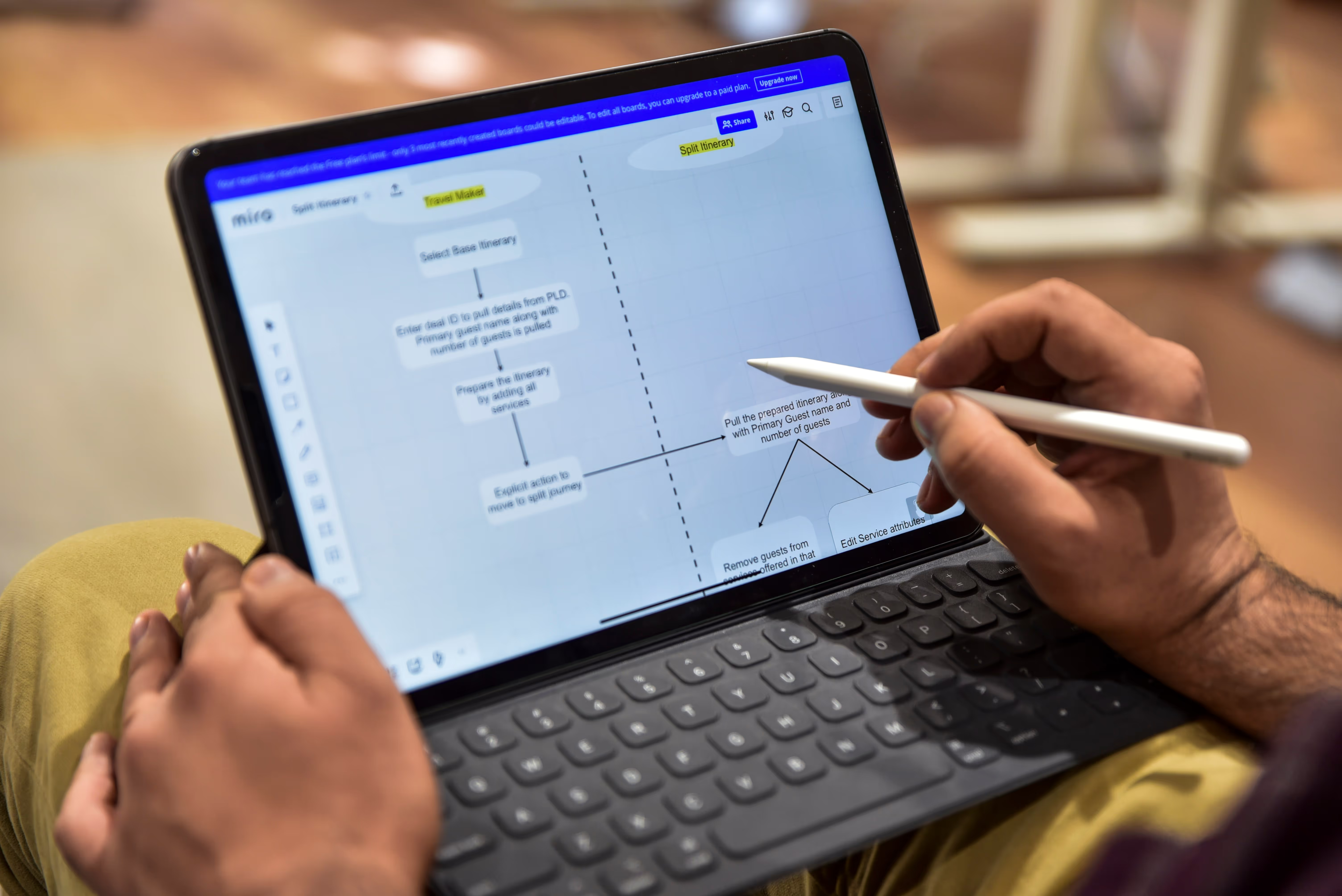Top 10 Best UX Research Companies (2026)
Find the top UX research companies offering qualitative and quantitative insights to guide design decisions.

Great products aren’t born from hunches; they're forged through conversations with real people. As someone who has worked with early‑stage teams for years, I’ve seen brilliant ideas falter because the assumptions behind them were wrong.

In user experience optimization, research isn’t a luxury – it’s the foundation. Without it, you’re building in the dark. Forrester’s studies show that investing in UX returns roughly $100 for every $1 spent, and 77% of brands see customer experience as their key competitive differentiator. Those numbers underline a simple truth: UX research isn’t just about making something look nice; it drives retention, revenue and credibility.
Why is UX research so important for startups?
You can’t design great products in a vacuum. Early‑stage teams move fast and often operate with limited data, making it easy to misread what people actually need. Baymard’s research found that 40% of visitors abandon a site that takes more than three seconds to load, and 88% are less likely to return after a poor experience. Those aren’t abstract percentages; they represent customers walking away. When you’re a founder trying to prove a product‑market fit or a PM preparing for a fundraising round, you can’t afford that risk.
Research provides fast, actionable insights that steer teams away from building the wrong thing. In our work with AI and SaaS startups, we’ve seen how subtle issues—an onboarding flow that confuses users or a dashboard filled with jargon—can erode trust.
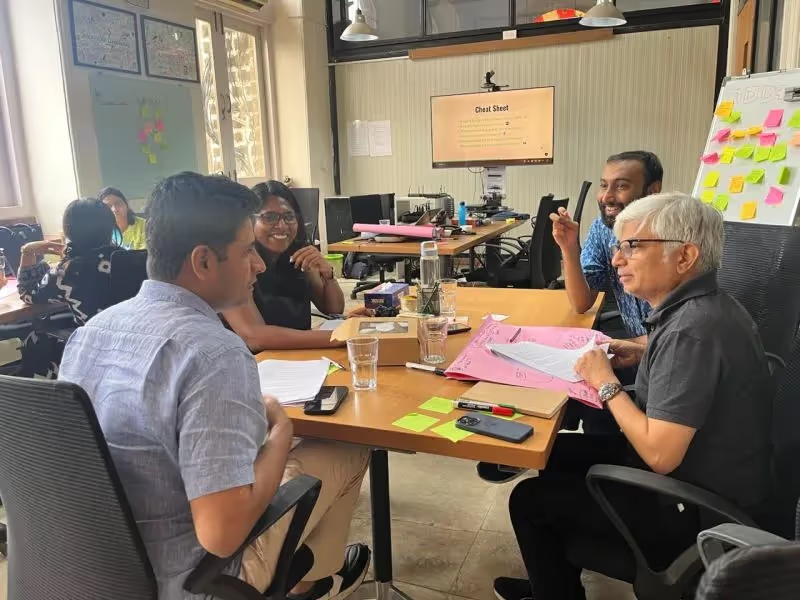
Good research surfaces those problems early. It tells you what users struggle with, what they actually want and how your product fits into their day. That’s why we treat research as the first step, not an afterthought. Design follows; it doesn’t lead.
What do UX research companies actually do?
A mature research partner is more than a pair of test sessions. They bring a toolkit tailored to your stage, goals and constraints. Here are some core services you can expect:
- User experience optimization – making every interaction intuitive and friction‑free by rooting decisions in evidence. This includes audits, competitive benchmarks and heuristic reviews.
- Usability testing firms – running structured tests (remote or moderated) that reveal bottlenecks and confusion points. They watch where users hesitate, click incorrectly or drop off.
- Design research agencies – synthesizing behavioral patterns, market context and stakeholder objectives into actionable insights. They don’t just report problems; they recommend solutions.
- Customer insights providers – connecting with customers through interviews, surveys and analytics to surface unmet needs and motivations.
- Product design consultants – partnering with your team to translate research into prototypes, wireframes or new features that address the identified issues.
- Human‑centered design experts – ensuring that every decision starts with empathy rather than assumptions, which is especially important in regulated or sensitive industries.
- Behavioral research organizations – employing cognitive psychology and behavioral economics to understand why users behave a certain way, not just what they click.
- Interface evaluation specialists – auditing flows, information architecture and visual hierarchy to ensure clarity and consistency across devices.
- Digital experience analysis – combining heatmaps, screen recordings, surveys and analytics to build a holistic picture of the end‑to‑end journey.
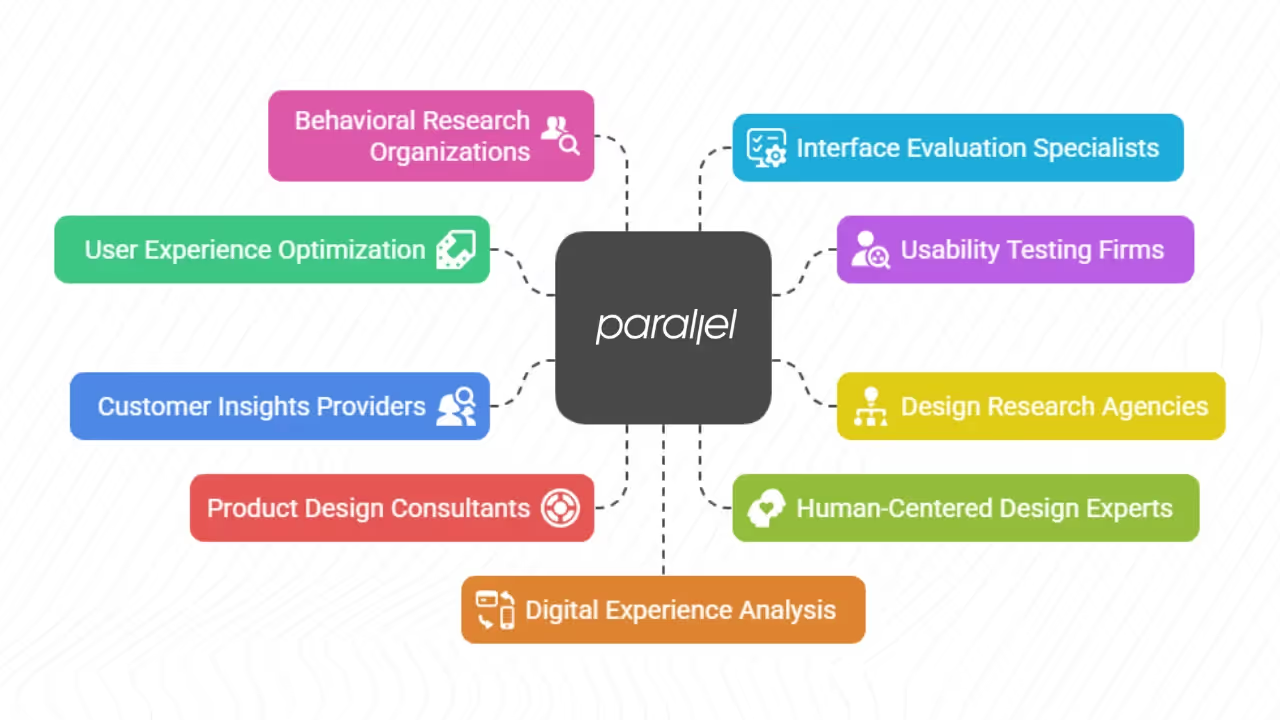
Common deliverables include usability test reports, research‑backed design recommendations, personas, journey maps, heatmaps and stakeholder workshops. A good partner won’t drown you in decks; they’ll facilitate co‑creation sessions where your team can prioritise and act on the findings.
10 best UX research companies in 2025
Choosing the right research partner depends on your product stage, budget and internal capabilities. Below are ten firms we trust, along with where they shine.
1. Parallel
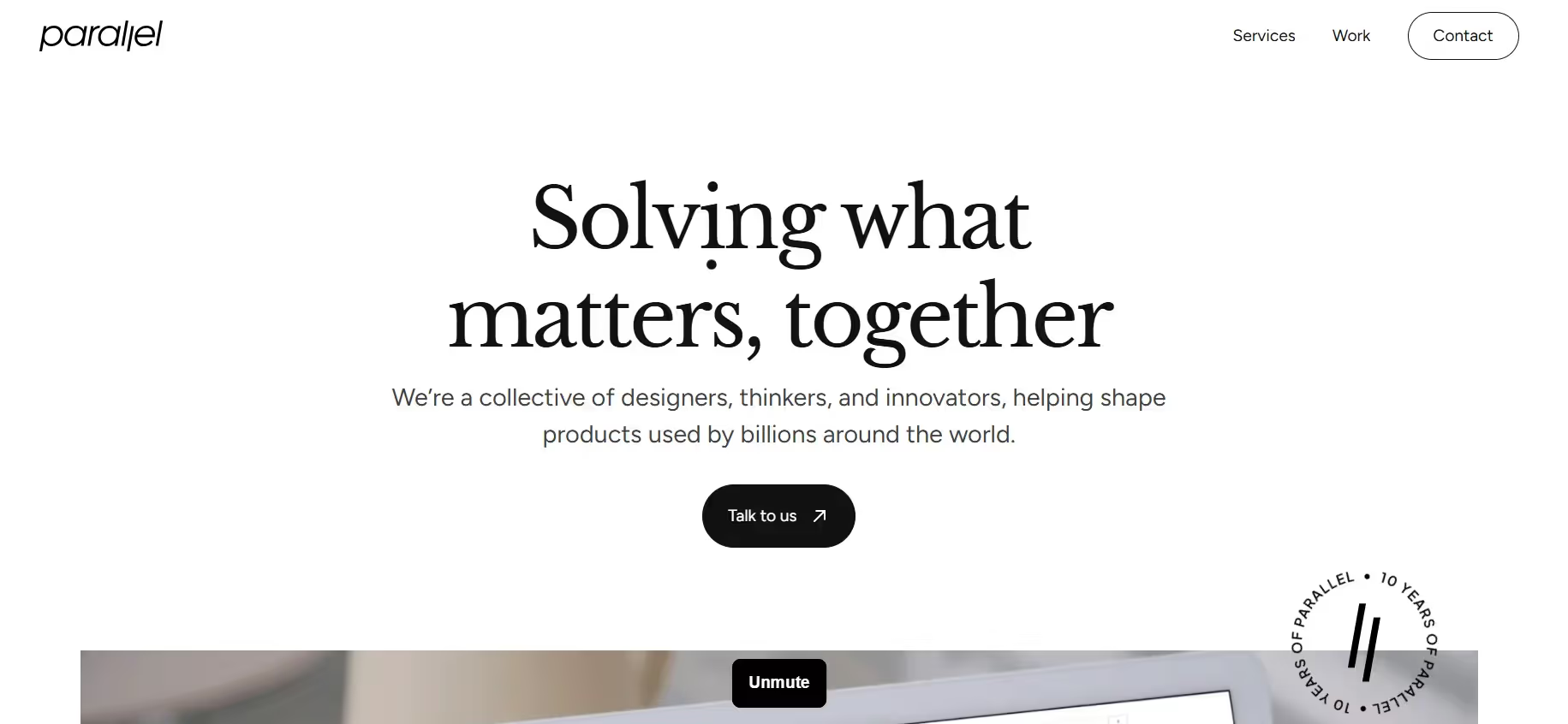
- Overview – Parallel is our own design‑research studio. We align brand, product and user behaviour with lean methods.
- What they do best – Rapid discovery sprints and continuous research loops for AI/SaaS startups. We prioritise quick wins and long‑term alignment.
- Ideal clients – Founders post‑MVP or teams preparing a rebrand.
- Where they shine – Reducing onboarding friction, measuring UX gains and translating research into high‑impact product decisions.
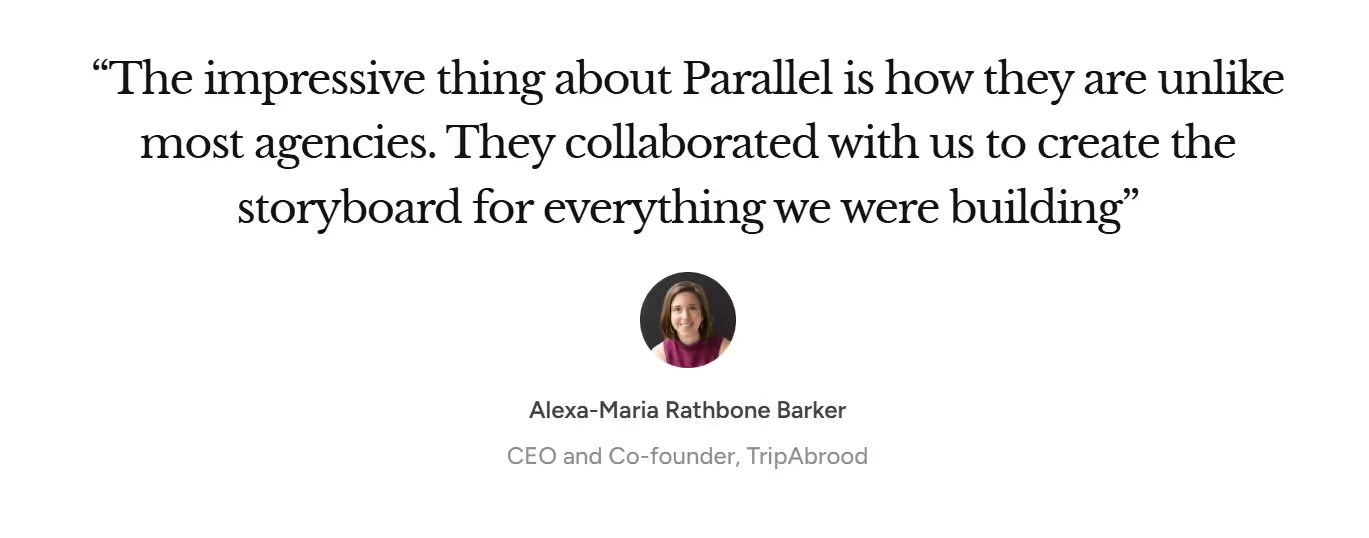
2. Adam Fard UX Studio

- Overview – A global studio with deep research and design expertise.
- What they do best – Comprehensive user research for SaaS, fintech and health‑tech products, followed by polished interfaces.
- Ideal clients – Teams needing end‑to‑end research and design support.
- Where they shine – Bringing structure and scalability to early‑stage teams who want to avoid guesswork.
3. Nielsen Norman Group (NN/g)
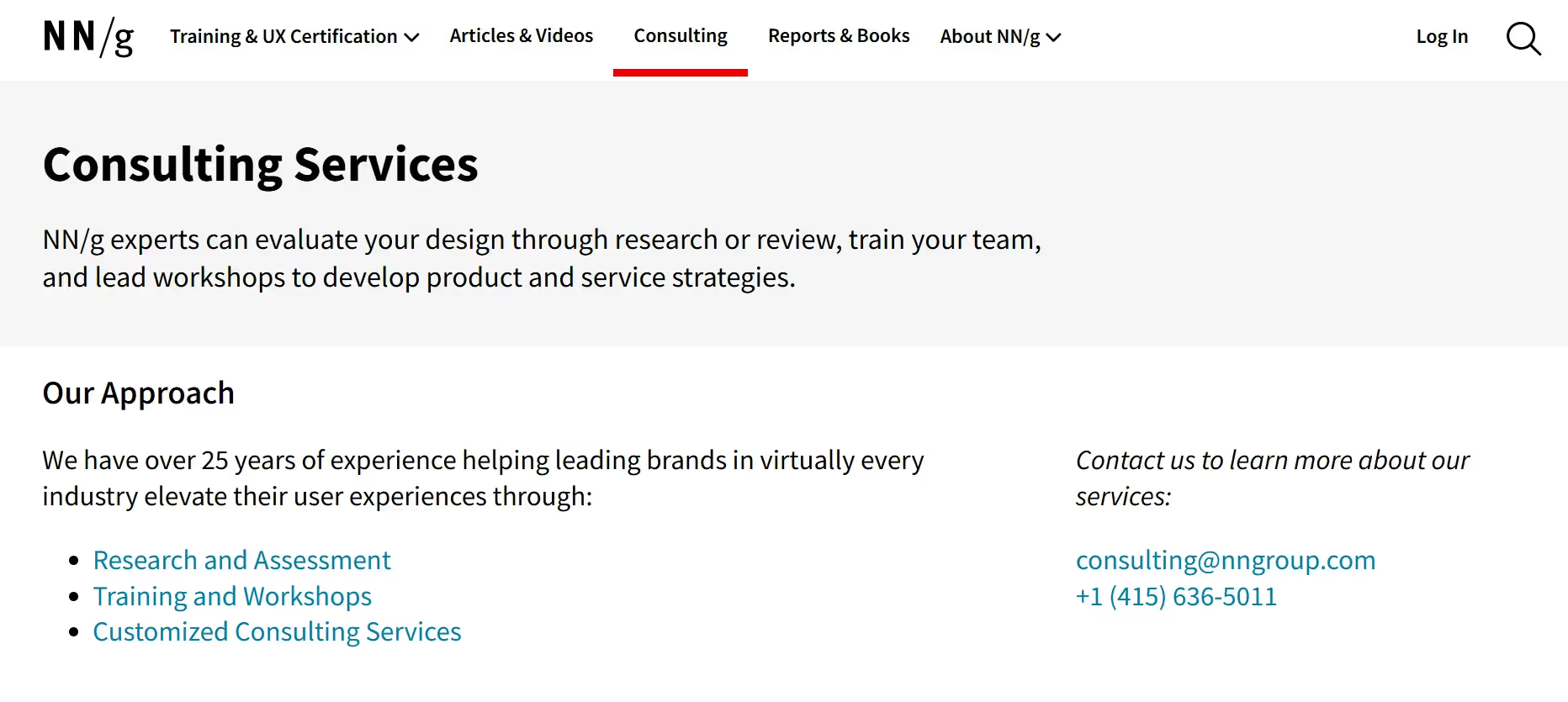
- Overview – Pioneers of the UX profession. Their thought leadership shaped many of the industry’s best practices.
- What they do best – Rigorous usability benchmarking, training and evidence‑based guidelines.
- Ideal clients – Enterprises or organisations seeking robust frameworks and internal capability building.
- Where they shine – Standardised methods and training courses that upskill existing teams.
4. UX Studio Team
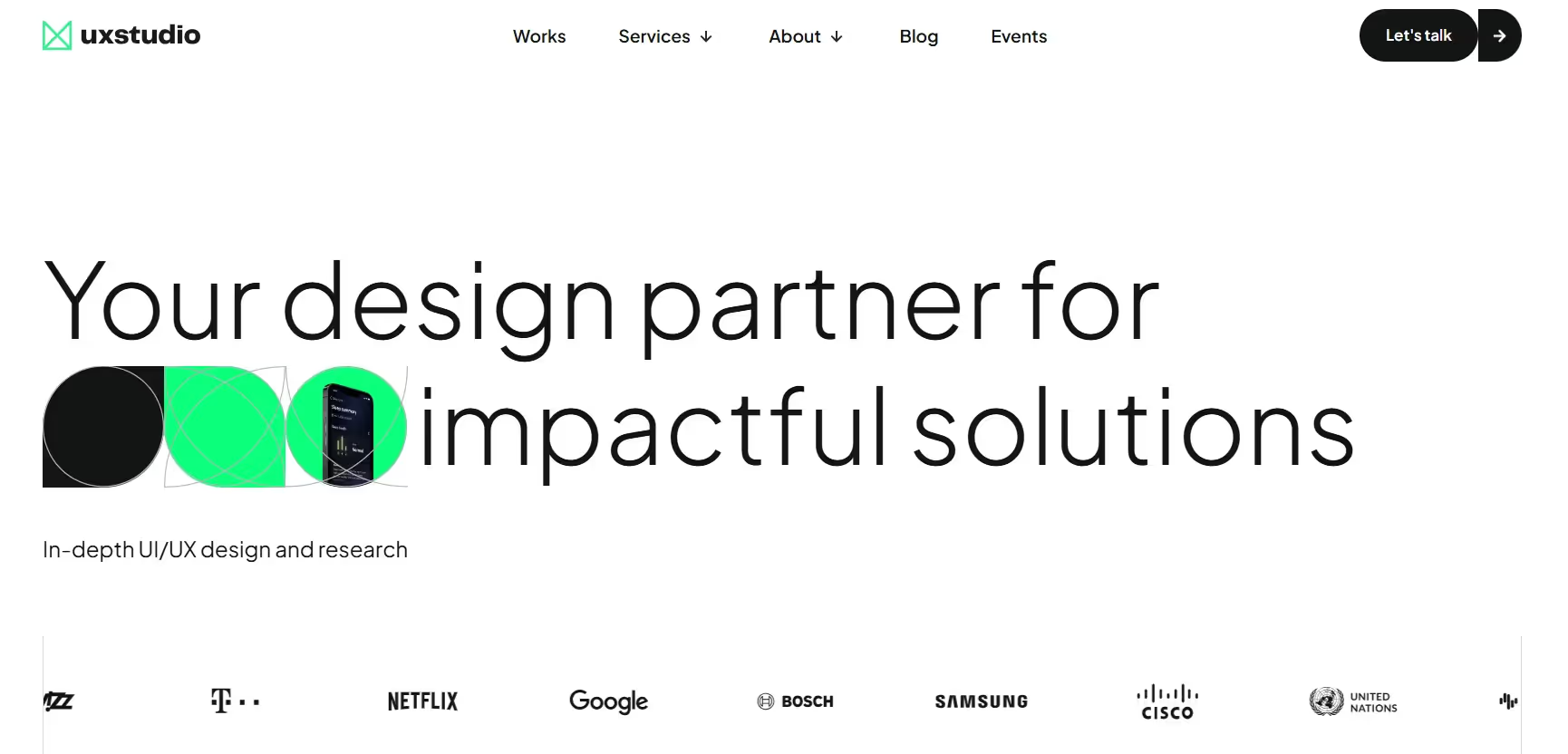
- Overview – A product design agency with a strong research ethos.
- What they do best – Continuous discovery, mixed‑method research and iterative prototyping.
- Ideal clients – Startups and mid‑sized companies scaling their design teams.
- Where they shine – Running lean research cycles that complement agile development.
5. Blink UX

- Overview – A research‑first agency experienced with enterprise and regulated industries.
- What they do best – Ethnographic studies, accessibility testing and complex UX strategy.
- Ideal clients – Healthcare, government or large platforms with high risk profiles.
- Where they shine – Deep contextual research that uncovers hidden friction in mission‑critical systems.
6. Loop UX
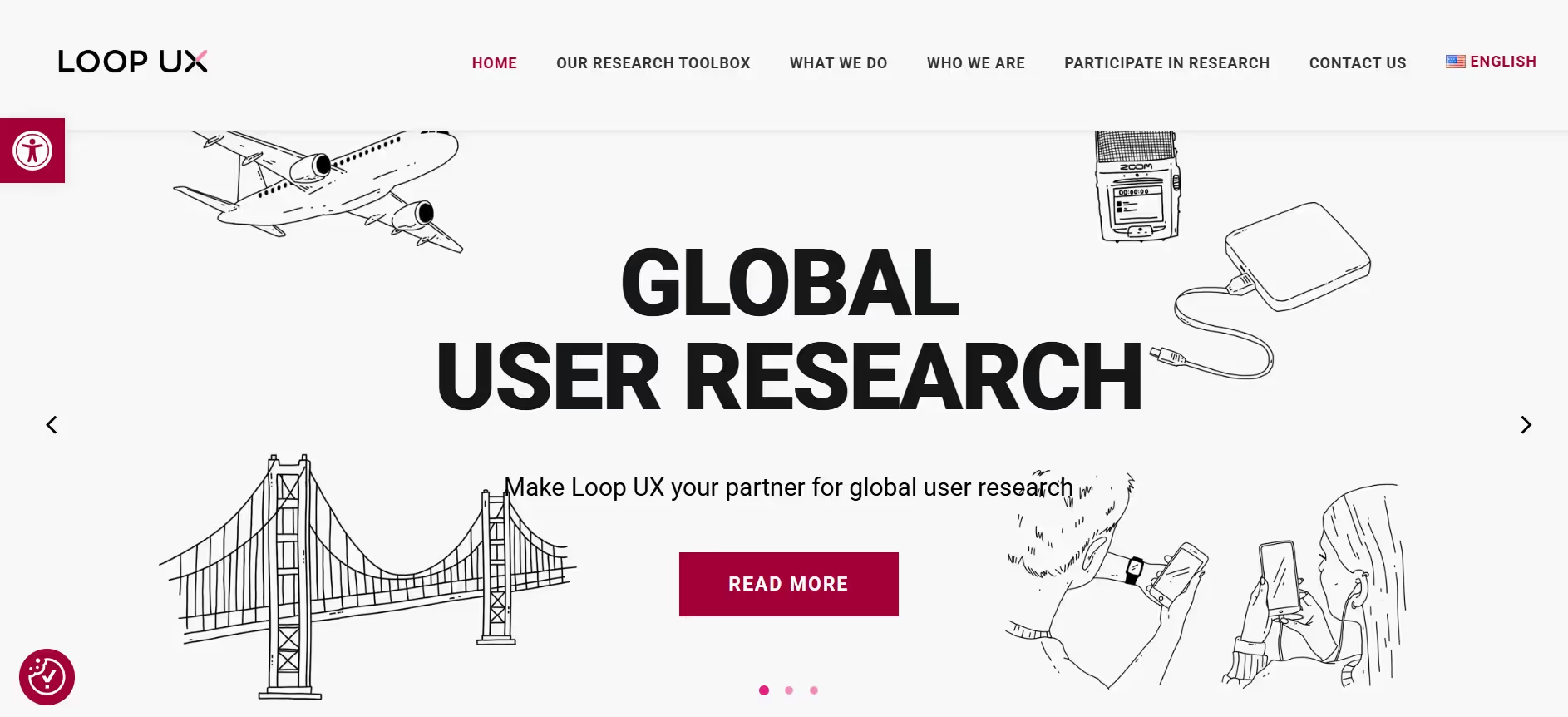
- Overview – A boutique research agency focusing on iterative discovery.
- What they do best – Remote user interviews, prototype testing and early concept validation.
- Ideal clients – Teams with a concept in mind who need rapid feedback before development.
- Where they shine – Efficiently recruiting participants and synthesising findings into clear priorities.
7. UseHubble
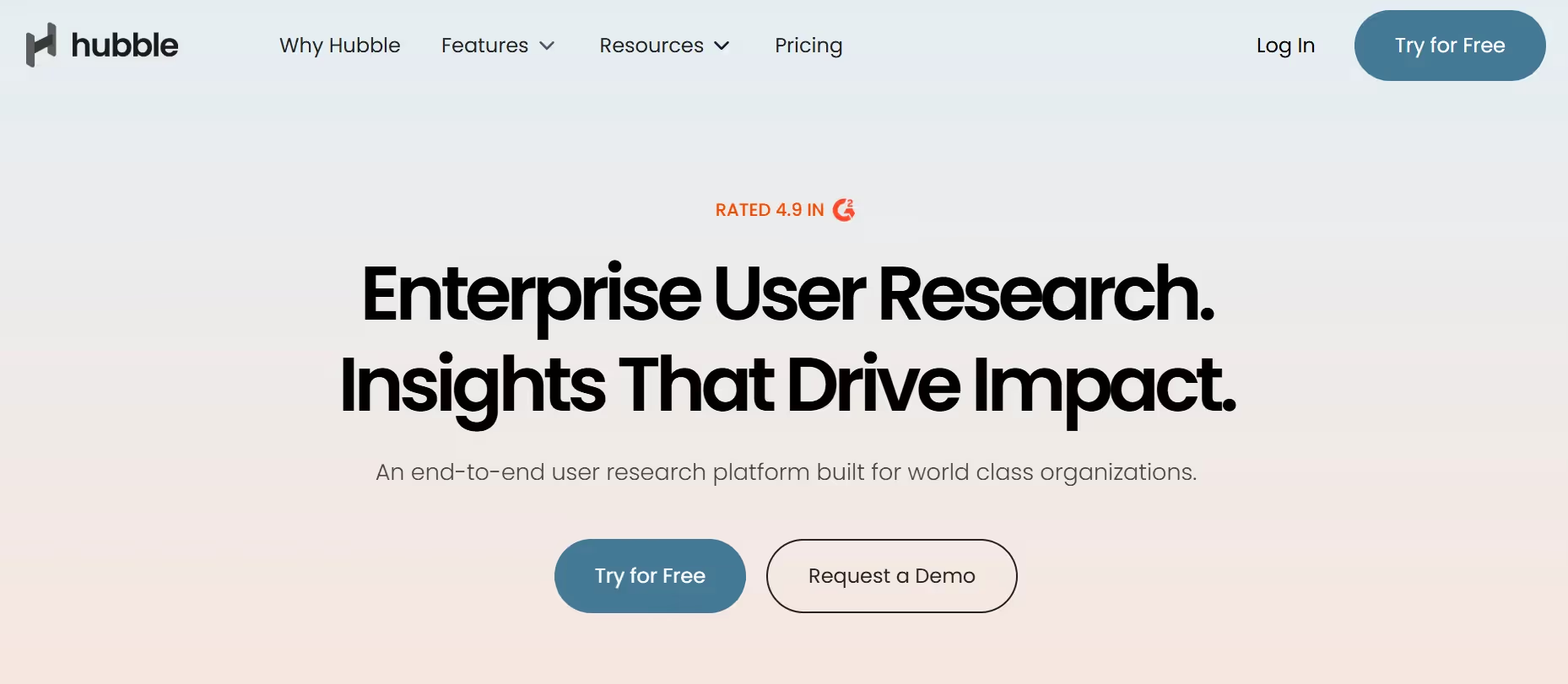
- Overview – Part platform, part managed service. UseHubble automates parts of the research process.
- What they do best – Fast turnaround usability testing and insight extraction through AI.
- Ideal clients – Busy PMs and founders who need research support but don’t have the time for long cycles.
- Where they shine – Making research accessible to teams without a dedicated researcher.
8. Bold Insight
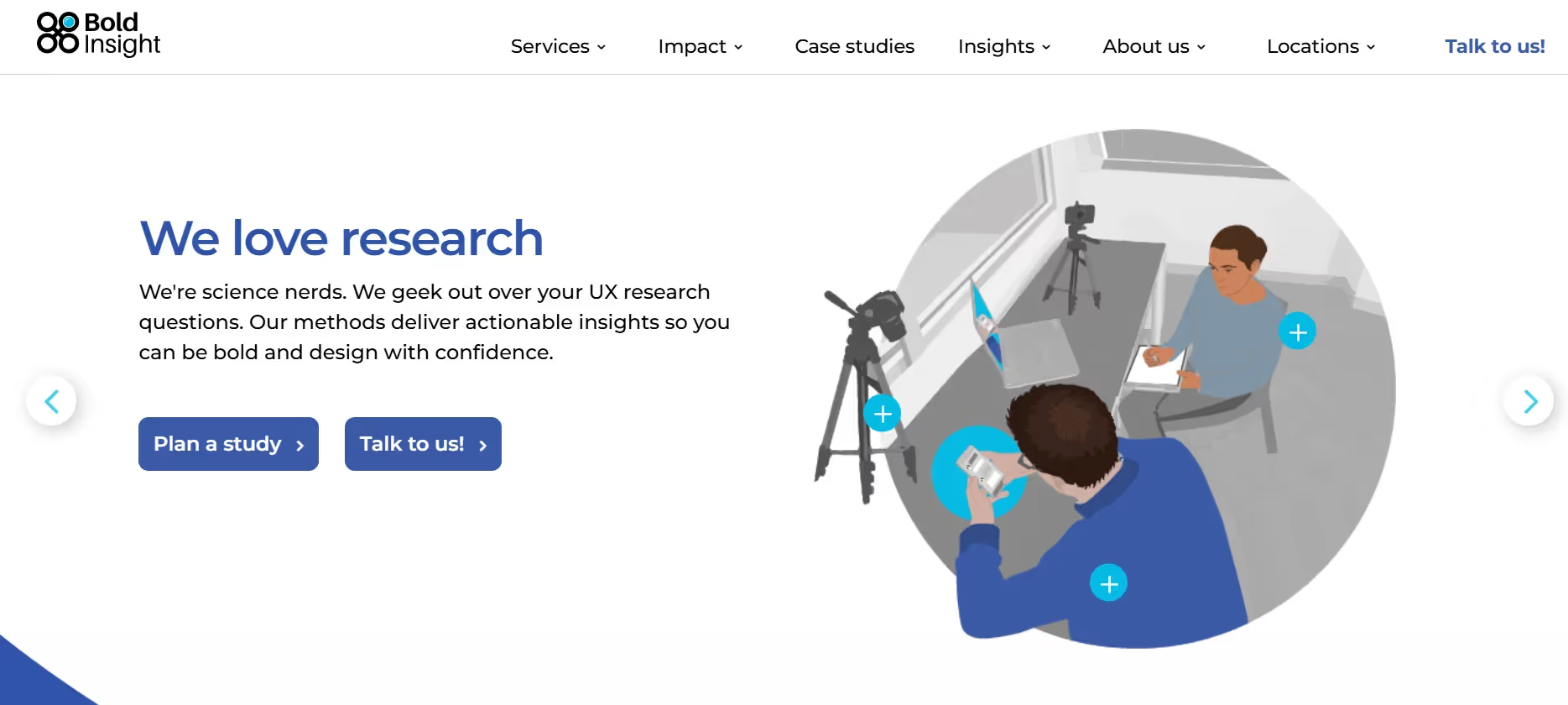
- Overview – A global consultancy specialising in UX and human factors.
- What they do best – Lab testing, medical UX and regulatory compliance.
- Ideal clients – Hardware, med‑tech and compliance‑heavy products.
- Where they shine – Navigating regulatory constraints while still delivering great experiences.
9. AnswerLab
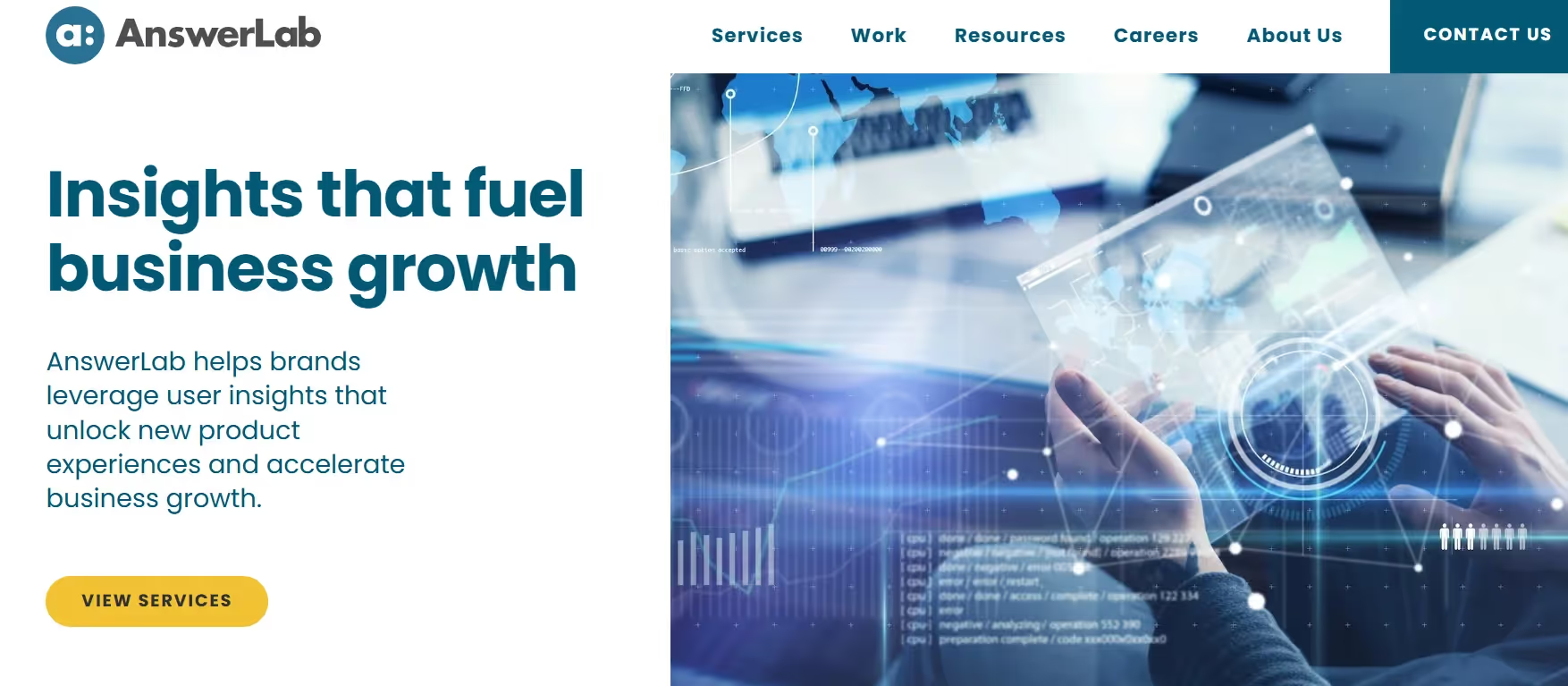
- Overview – A large research firm known for diversity research and inclusion insights.
- What they do best – Blending qualitative and quantitative methods to test products at scale.
- Ideal clients – Enterprise brands or teams working on global inclusivity.
- Where they shine – Inclusive design and accessibility testing across demographics.
10. MeasuringU
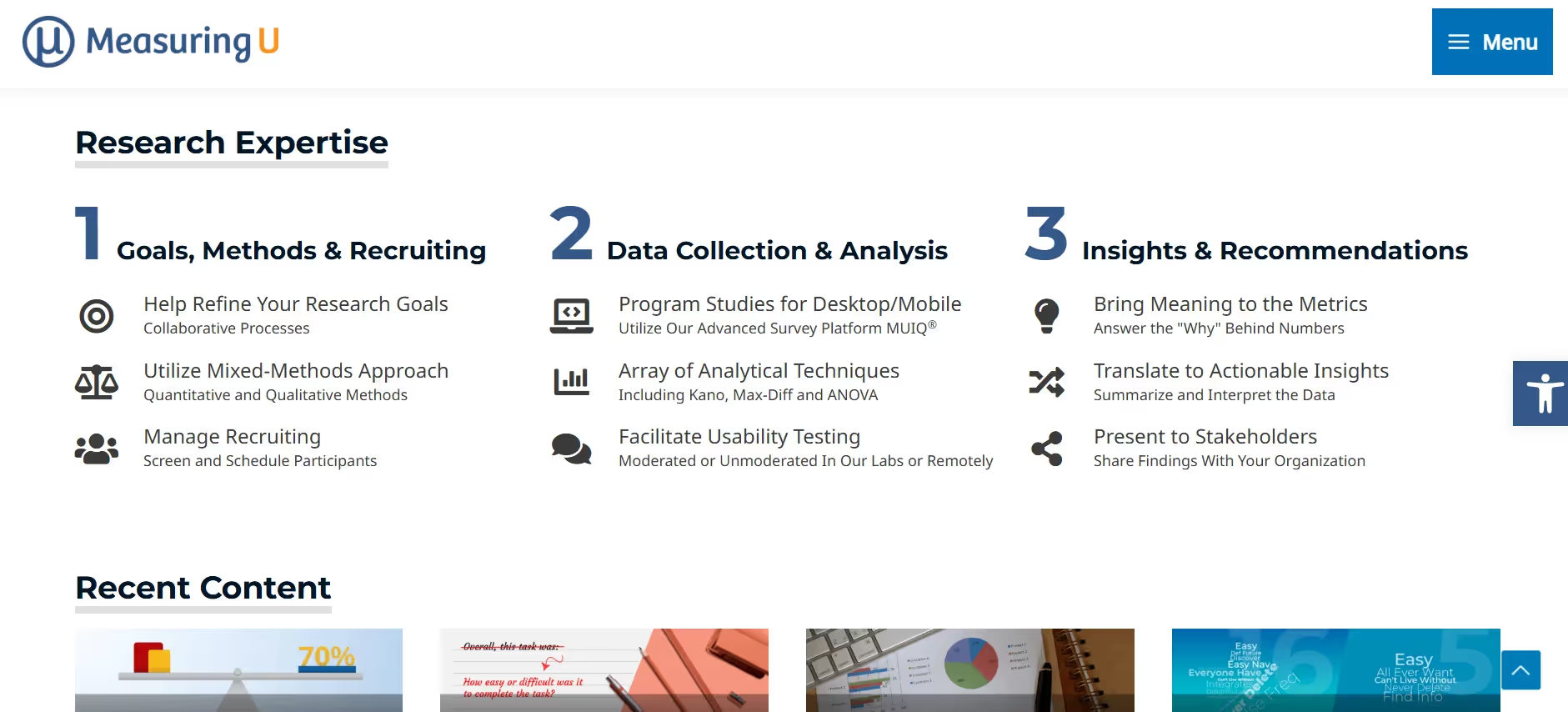
- Overview – Specialists in quantitative research and UX metrics.
- What they do best – Task completion rates, System Usability Scale (SUS) testing and benchmarking.
- Ideal clients – Teams seeking numeric validation of UX success and evidence for stakeholders.
- Where they shine – Translating subjective impressions into statistically significant findings.
Comparison of the Top 10 UX Research Companies in 2026: Services, Strengths, and Suitability
How do you choose the right UX research partner?
Not every company on the list will suit your situation. Here’s how to narrow it down:
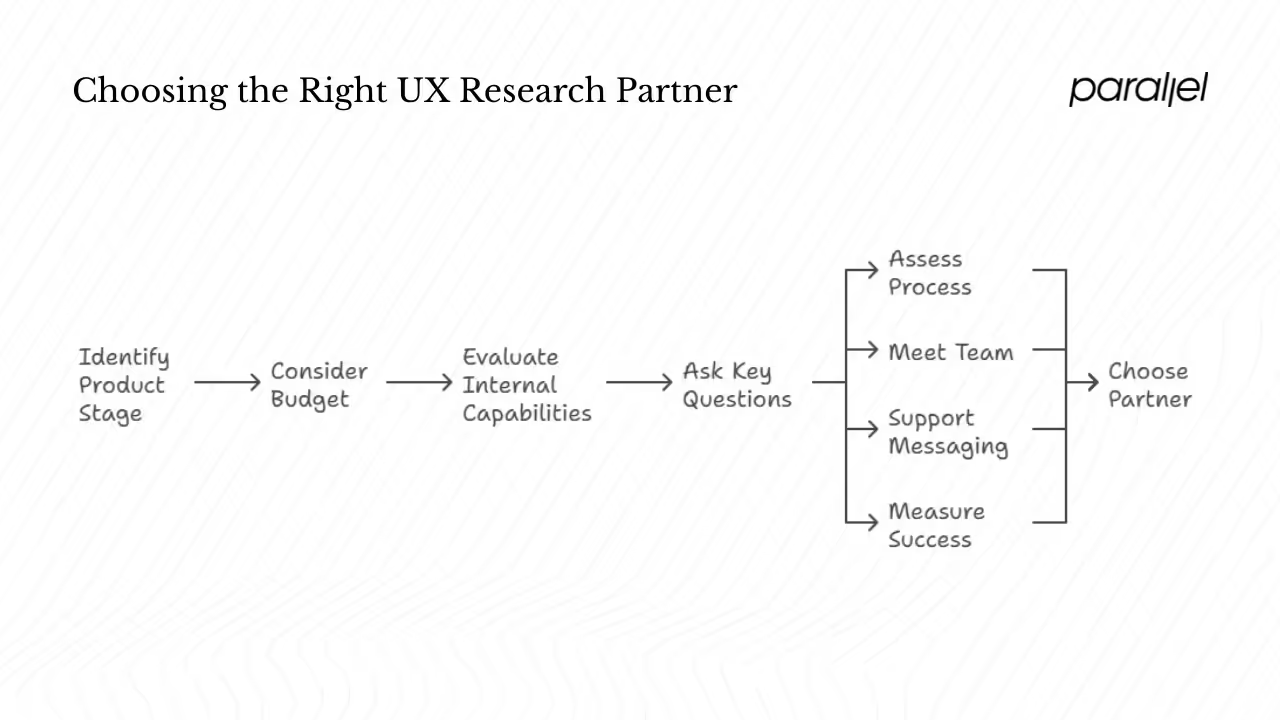
1) Align with your product stage
- Pre‑product – Focus on concept testing, audience research and early behavioural insights. At this point you’re making bets; use research to refine assumptions.
- MVP – Prioritise usability testing and onboarding clarity. A confusing first impression can be fatal; Baymard found that long, complicated checkout processes drive 17% of shoppers to abandon their orders. For early‑stage products, a few hours with users can uncover friction you’d never predict.
- Growth – Optimise flows, scale your research practice and align cross‑functional teams. Organisations that embed research deeply are 1.9× more likely to report improved customer satisfaction.
2) Factor in your budget
Premium agencies like NN/g or Blink offer unmatched depth but carry higher price tags. Platforms like UseHubble or boutique firms such as Loop UX provide startup‑friendly pricing. Many firms (including ours) offer flexible engagements like research sprints, retainers or workshops. Remember that ROI figure: companies investing in UX can potentially see conversion rates increase by up to 400%. In practice, we’ve seen lean research sprints lead to 30% faster onboarding completion—small investments that pay back quickly.
3) Assess your internal capabilities
If you lack an in‑house researcher, look for end‑to‑end partners who can handle everything from participant recruitment to synthesis. Parallel, Loop UX and UX Studio Team often fill this role. If you already have researchers, you might hire specialists for blind spots—quantitative metrics (MeasuringU) or accessibility (AnswerLab). Maze’s survey notes that 82% of companies now have at least one dedicated UX researcher, yet only 3% have achieved the highest research maturity. In my experience, even mature teams benefit from external perspectives; outside eyes spot biases you might miss.
4) Ask the right questions
During discovery calls, go beyond portfolios. Ask:
- What’s your process from kickoff to launch? Look for partners who balance generative and evaluative research rather than jumping straight into testing.
- Who will we work with? Ensure you meet the actual researchers and designers, not just a sales team.
- Do you support messaging, copy or marketing? Many startups need help with content strategy and value proposition testing.
- How do you measure success? Some rely on vanity metrics; others track time‑to‑value, retention and satisfaction. Choose the latter.
What can you learn from the data and case studies?
Statistics are compelling, but they only matter when they inform decisions. Let’s unpack what the numbers mean for startups:
1) First impressions are decisive
A Stanford University study involving 2,684 people found that 46.1% of participants’ comments about site credibility focused on design. Maze notes it takes roughly 50 milliseconds for someone to form an opinion about your website. That’s less time than a blink. If your product’s onboarding or landing page is cluttered, slow or confusing, you’ve already lost trust. We’ve seen clients rectify this by simplifying hero messaging, removing unnecessary fields and clarifying value propositions. The result? Higher engagement and fewer drop‑offs.
2) Good UX pays for itself
Forrester’s research shows that frictionless UX designs can boost conversion rates up to 400%, and a 9,900% return on investment. Those aren’t mythical numbers. At Parallel, we worked with a SaaS platform that struggled with sign‑ups. By conducting ten moderated usability tests, we discovered that users misinterpreted the pricing tiers. We adjusted the language, added contextual tooltips and simplified the purchase flow. Conversions jumped 28% within a month and support tickets dropped by half. That’s the kind of ROI research can unlock.
3) Mobile and accessibility matter more than ever
Mobile traffic now accounts for over half of global web visits, and 74% of users are more likely to return to mobile‑friendly sites. Dovetail reports that more than half of web designers cite poor responsiveness across devices as the top reason for a redesign. In our experience, early‑stage teams often treat mobile as a derivative of desktop. That approach is costly. Optimize for touch, use device‑appropriate keyboards and ensure tappable targets are big enough. A quick digital experience analysis can reveal if your mobile flow meets standards.
4) Cart abandonment is a symptom, not a cause
Baymard’s research shows that nearly 70% of online shoppers abandon carts. When you exclude window shoppers, the reasons are striking: extra costs (48%), forced account creation (24%) and complicated checkouts (17%) As product teams, we sometimes attribute abandonment to price or competition, but the data tell a different story. Streamlined checkouts, transparent pricing and guest options can recover significant revenue. Baymard estimates that improving checkout flows can bump conversion rates by 35.26%, translating to $260 billion in recoverable sales. That’s not hypothetical; it’s an opportunity waiting for design to solve.
5) Retention beats acquisition
Improving customer retention by 5% can increase profits by roughly 25%. This insight, championed by Frederick Reichheld (creator of the Net Promoter Score), emphasizes the compounding power of loyalty. When we worked with a productivity tool, we discovered through exit interviews that churn wasn’t due to missing features but because onboarding felt overwhelming. By introducing progressive onboarding and contextual help, churn dropped 15% and net revenue retention climbed. Focusing on existing users pays off in ways acquisition efforts often don’t.
Conclusion
Good design starts with good research. Numbers from CXL’s research reveal that first impressions form within milliseconds and 94% of those impressions depend on design. Slow loading times, confusing flows and poor mobile responsiveness drive users away. Yet when we invest in research, the returns are enormous: a frictionless experience can quadruple conversion rates and deliver a 9,900% ROI.
As founders, PMs and design leaders, our job isn’t to guess; it’s to understand. Research illuminates what our users need and what frustrates them. It uncovers hidden patterns and helps us prioritise the right problems. Whether you work with customer insights providers like Maze, partner with product design consultants like Parallel or engage interface evaluation specialists for a second opinion, the takeaway is the same: treat UX research as a strategic investment, not a checkbox.
The companies above offer a variety of ways to engage—choose based on your stage, budget and internal strengths. Then commit to learning from your users. The best products aren’t the ones that win awards; they’re the ones people love to use.
FAQ
1) What does a UX researcher do?
A UX researcher studies user behaviour, preferences and pain points to inform design decisions. They conduct interviews, usability tests, surveys and data analysis to understand how people interact with a product. Their findings help shape features, interfaces and overall strategy.
2) What is the hourly rate for UX research?
Freelancers and agencies charge between $75 and $250 per hour, depending on scope and complexity. Rates are higher for specialized methods (e.g., ethnography or accessibility testing) or regulated industries.
3) What are the four stages of UX research?
- Discovery – understanding the user and market through interviews, surveys and observation.
- Exploration – testing concepts and assumptions using prototypes or concept sketches.
- Testing – evaluating usability and behaviour through structured tasks, remote sessions or A/B testing.
- Validation – confirming hypotheses through real‑world feedback and measuring whether changes achieve desired outcomes.

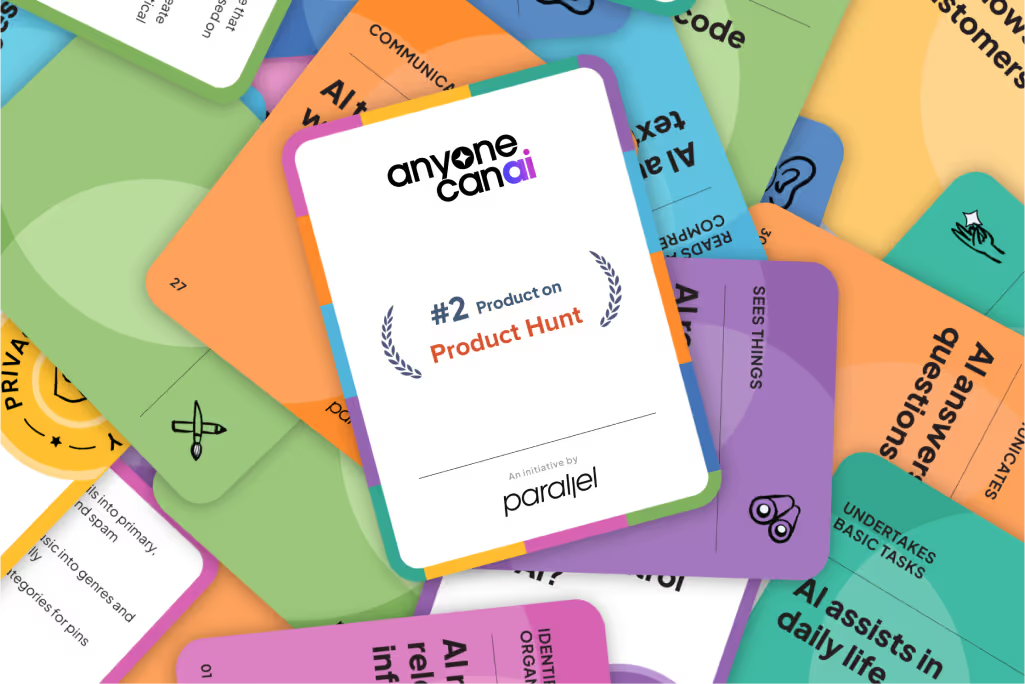


.avif)
